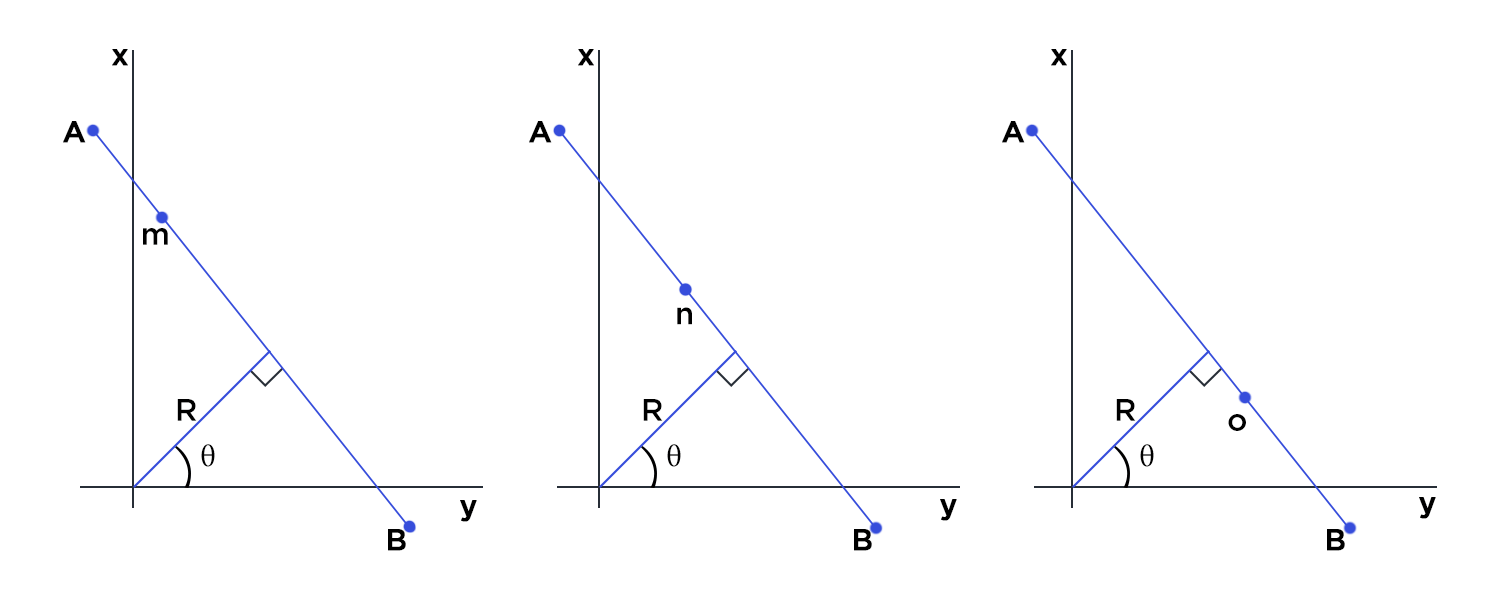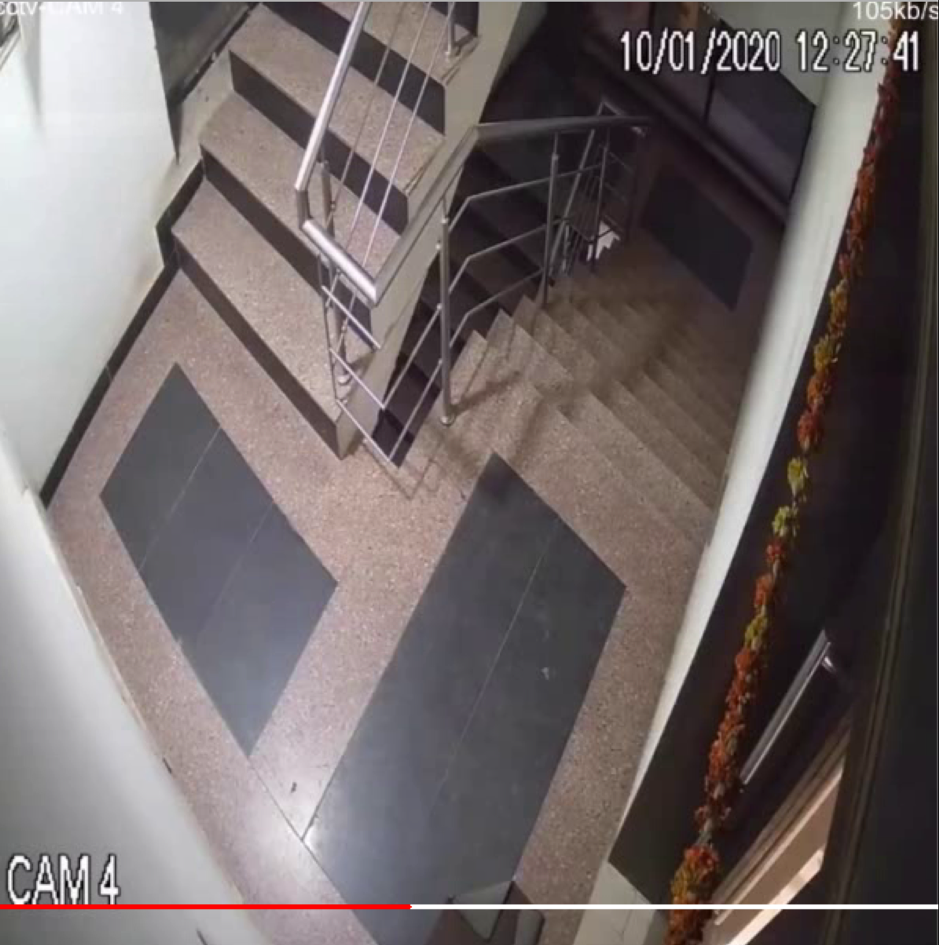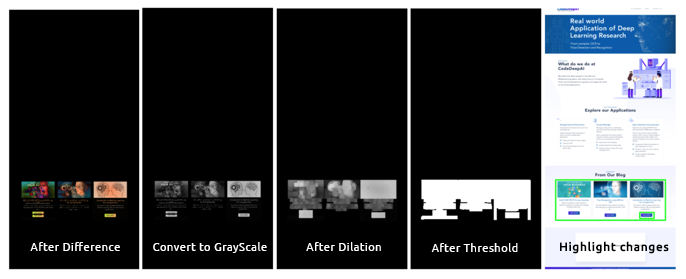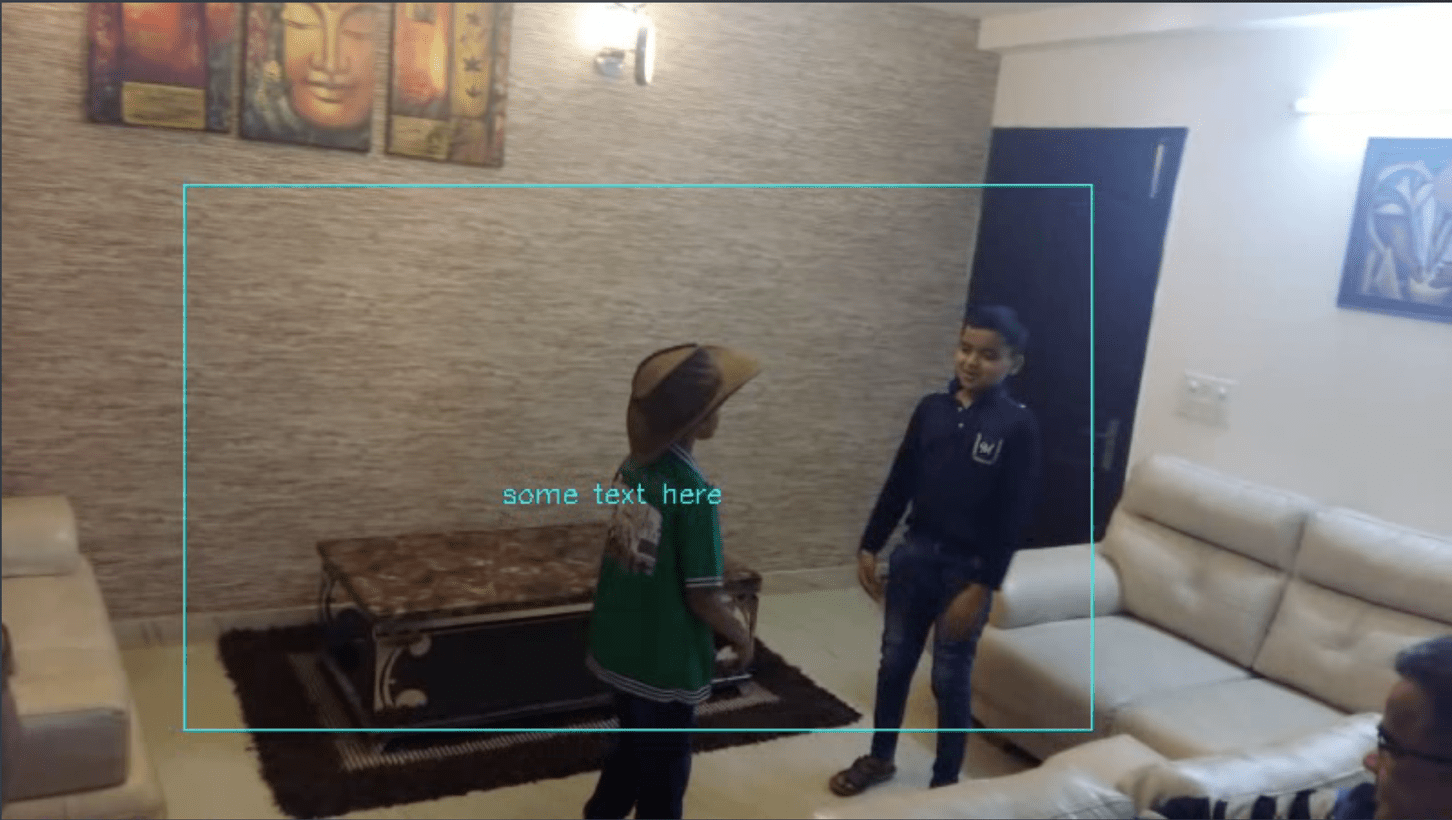OCR is short for Optical Character Recognition, this is the technology used to identify the text from images. As is with any other computer vision related project, the first thing to carry out OCR is that you need a clean image of the text document. The lighting conditions and resolution of the text in the image play a big role in carrying out OCR successfully. Once you have that you need break down the complete process into multiple parts and then solve them independently. I have described below some steps that need to be done for successfully carrying out OCR
Steps to be done for OCR
- Finding Region of Interest (ROI)
- Cleanup / rotate / transform the located document
- Segmentation of relevant area of image
- Carry out OCR









